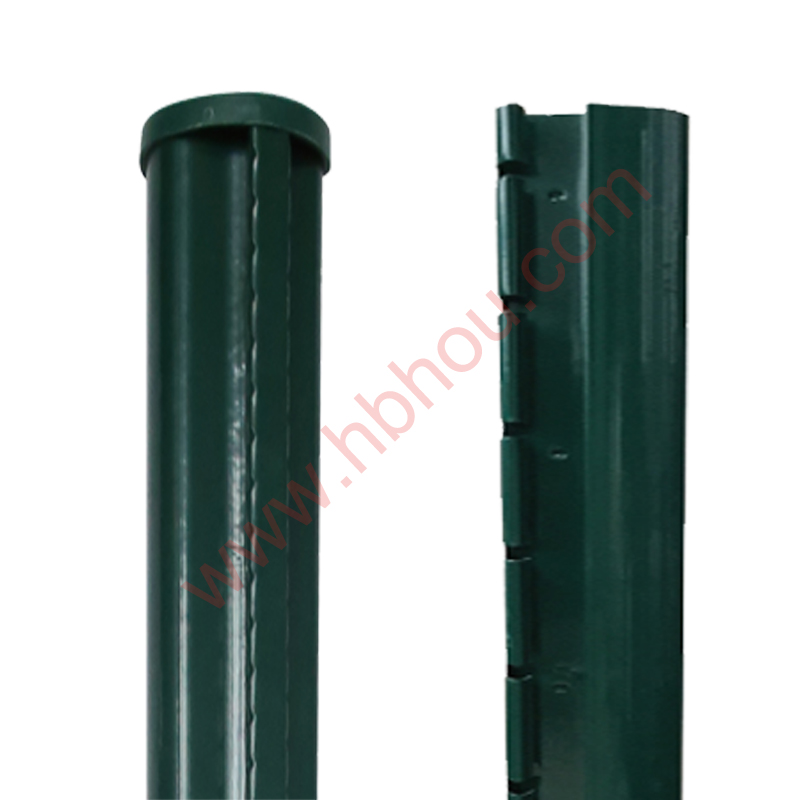The Versatility and Importance of Long Plant Stakes in Gardening
In the world of gardening, every plant has its unique needs, and among the various tools available to support those needs, long plant stakes stand out as essential equipment. Whether you are cultivating vegetables, flowers, or ornamental plants, these long stakes offer essential support that can elevate the health and aesthetic appeal of your garden.
Long plant stakes are typically made from durable materials such as wood, bamboo, metal, or plastic. Their length enables them to provide significant support for taller plants or those with weak stems. For instance, tomatoes, sunflowers, and delphiniums benefit immensely from being staked. Without adequate support, these plants may struggle under the weight of their own growth or the impact of wind, leading to broken stems or damaged fruits. Long stakes help maintain the vertical orientation of these plants, allowing them to thrive and promote healthier fruit and flower production.
One of the tremendous advantages of using long plant stakes is their ability to keep plants upright and prevent overcrowding. In densely planted gardens, foliage can easily obstruct light and air circulation, which are both vital for plant health. By staking plants, gardeners can not only ensure that each plant gets sufficient sunlight but also encourage better air circulation around them. This strategic positioning reduces the risk of fungal diseases and pest infestations, thus creating a healthier growing environment.
long plant stakes

Moreover, long stakes offer versatility in design and implementation. Gardeners can choose stakes that match their aesthetic preferences, ranging from rustic wooden stakes to sleek metal designs. These stakes can be integrated creatively into the garden's design, adding visual interest while performing their functional role. For those who appreciate a more decorative approach, the use of colored or patterned ribbons to tie plants to stakes can convert a simple necessity into an artistic element of the landscape.
The installation of long plant stakes is relatively straightforward and can be done with a few essential tools. Typically, the stake is pushed into the ground close to the plant, ensuring that it does not disturb the roots. Gardeners will then gently tie the plant to the stake using soft twine or fabric strips to avoid damaging the stem. As the plant grows, adjustments can be made to the ties to accommodate its ongoing development.
Sustainability is another critical aspect to consider with long plant stakes. When selecting materials for stakes, organic options such as bamboo or untreated wood can be excellent choices. These materials are biodegradable and contribute to a more sustainable gardening practice. Additionally, stakes can be reused over multiple growing seasons if maintained correctly, reducing waste and promoting an eco-friendly approach to gardening.
In conclusion, long plant stakes are an indispensable tool for any gardener seeking to support their plants effectively. Their ability to provide necessary support, promote healthy growth, and enhance garden aesthetics cannot be overstated. For anyone interested in boosting their gardening success, investing in quality long plant stakes is a wise decision that can lead to bountiful harvests and stunning blooms. As each season brings its unique challenges, having the right tools—such as long plant stakes—can make all the difference in cultivating a flourishing garden.
















